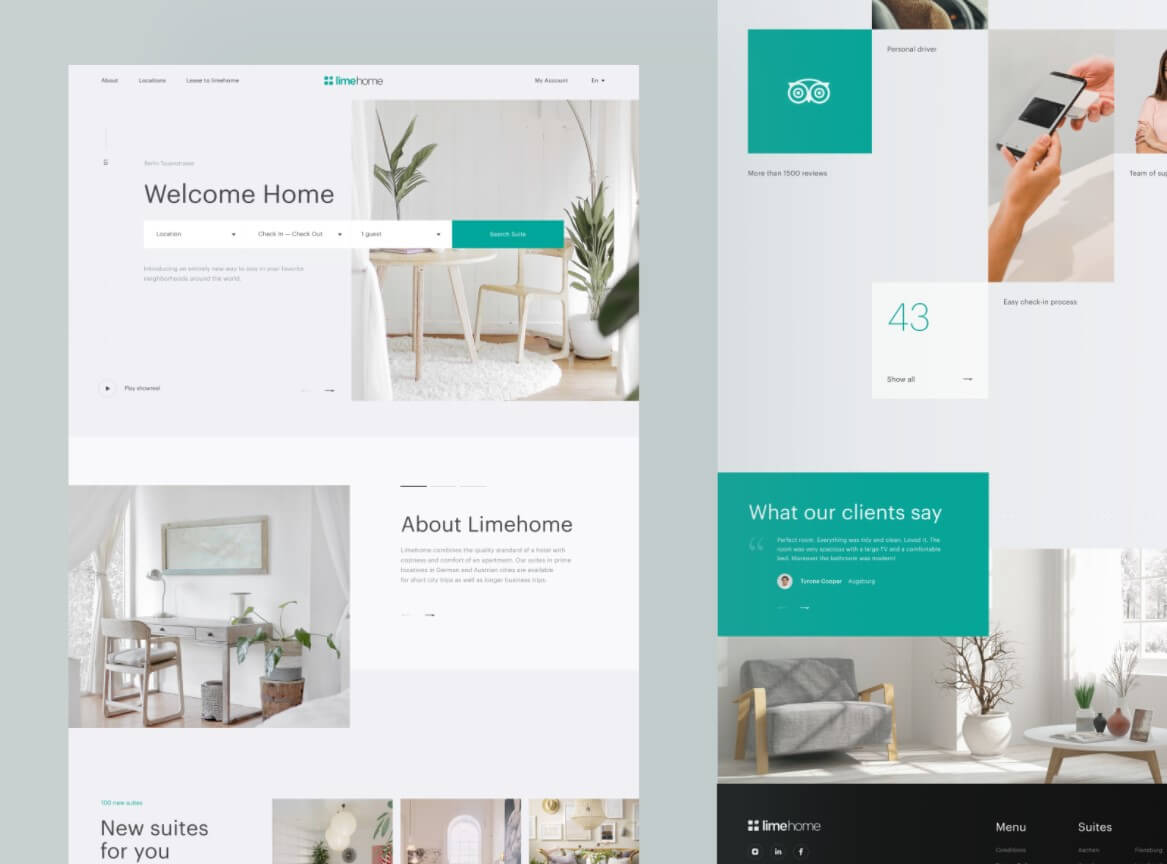
You then hide the img from desktop users, and show them the large CSS background, and hide the background image from mobile users and just serve them the smaller inline image.

You would also have a containing div to which you apply the large version of the image as a background through CSS. Harry Roberts’ idea is to use the img element for the smaller of the two images, the image that you want mobile users to download. The comments in the article contain some nice ideas and suggestions on how the technique could be improved. A JavaScript calculates the percentage width of the image relative to the maximum width of the container, and this figure is then appended to the end of the src attribute as the scale parameter.

In HTML, the image’s src attribute would be set to get the requested image’s id, but with no scale specified. The idea is that within the PHP script, a nested array is used that lists image files and their relative percentage scales.

Responsive Images and Context-Aware Image SizingĬraig Russell has developed a technique that uses a server-side script (in PHP) to serve up images of several different resolutions.
Webdesign techniques code#
An alternative solution is to use tools like TinySrc which allows you to merely prefix all large images in your source code with a TinySrc URL, and the tool does the rest. htaccess files and JavaScript to serve up different sized images based on the screen width. Filament Group has developed this technique that uses. Effectively, it allows designers to create mobile-optimized images for smaller screens, and then serve higher-resolution versions to larger screens. This technique allows designers to create responsive layouts that serve different image sizes at different resolutions. Responsive Image: Experimenting With Context-Aware Image SizingĪn alternative approach to fluid images by Filament Group. This article by Ethan Marcotte gives a thorough overview on creating them using the classic img code snippet, as well as details to get you started. Responsive Images, Responsive Videosįluid images are a central aspect of a responsive design.
Webdesign techniques how to#
If it’s really wide, do this.” In the article, you’ll learn how to modify a list of links according to the browser’s viewport. For instance, if you have a fluid-width design in which the sidebar is 35% of the width of the page, depending on the width of the browser window, you could say, “If the browser is really narrow, do this. Obviously much better than displaying a tiny link.ĬSS Media Queries and Using Available SpaceĪ tutorial from CSS-Tricks that discusses how to make subtle changes with media queries and how to use media queries in a single style sheet. When the user is on a small screen and clicks the dropdown, they’ll get an interface to select an option that is nice and big and easy to choose. Responsive Navigation Menus: Convert a Menu to a Dropdown for Small ScreensĬhris Coyier describes another technique for converting a regular row of links into a dropdown menu when the browser window is narrow.
Webdesign techniques full#
Yet another is to adapt the table into a mini-graphic for narrow screens (rather than interfering much with the content when the full table is displayed).

Another is to display a pie graph from the data. One solution is to reformat the table for better readability. You could zoom in to make it readable, but then you’d have to scroll both vertically and horizontally (sad face) to browse the table. You could zoom out and see the whole table, but then the text size would be too small to read. By default, data tables can be quite wide, and necessarily so. Why not use some simple CSS transitions to smooth the jump by animating the resize? A nice case study.Ĭhris Coyier and Scott Jehl are experimenting with responsive design techniques for displaying data tables. The basic premise is this: you use media queries to design responsive websites that adapt in layout according to browser width, and you constantly resize your browser to see how the website performs, but every time a query kicks in, there’s a harsh jump between the first style and the second. Elliot Jay Stocks provides insight into the combination of CSS media queries and CSS transitions.


 0 kommentar(er)
0 kommentar(er)
